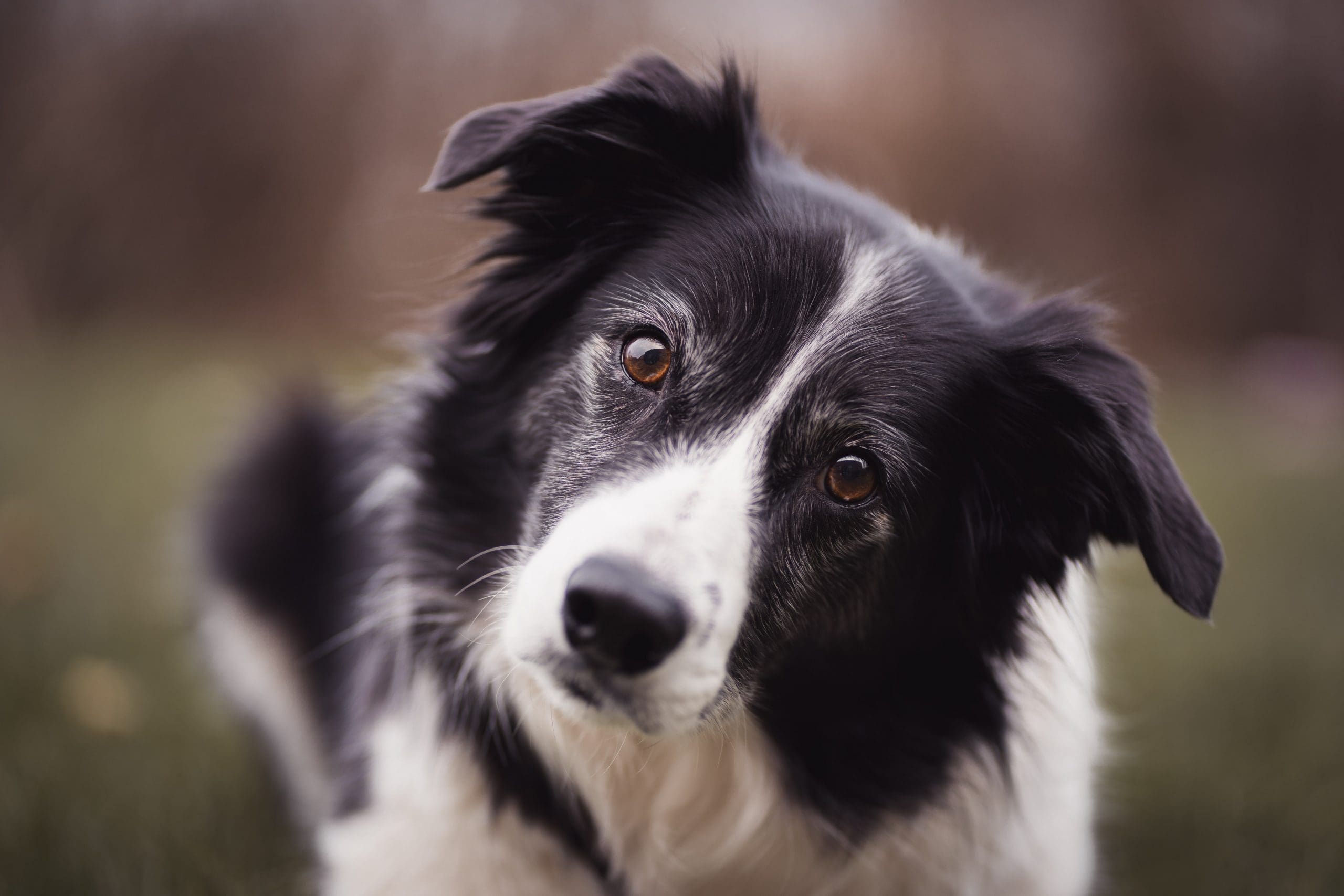When your dog enters her heat cycle, it can be a confusing and challenging time for both of you. Understanding this natural reproductive phase is crucial for her well-being and your peace of mind. A dog in heat undergoes various behavioral and physical changes that require your attention and care.
The Heat Cycle Explained
A female dog, or bitch, typically experiences her first heat cycle between six months and two years of age, depending on her breed and size. The heat cycle, known as estrus, generally lasts about three weeks but can vary in duration. This cycle includes several stages, with the most notable being proestrus, estrus, and diestrus.
– **Proestrus** marks the beginning phase, lasting about 7 to 10 days, characterized by swelling of the vulva and a bloody discharge as her body prepares for potential mating.
– **Estrus** follows, lasting about 5 to 10 days, during which your dog is fertile and can conceive.
– **Diestrus** is the phase where your dog’s body prepares for pregnancy or returns to a non-reproductive state if she has not mated.
Monitoring Behavior Changes
During this time, closely monitor your dog. Behavioral changes may include increased affection or irritability. The presence of male dogs can heighten her anxiety or restlessness. Providing a secure, quiet space in your home will help her feel more comfortable and relaxed.
Preventing Unwanted Mating
One of the primary concerns during this period is the risk of unwanted mating. If breeding is not your intention, keep your dog away from male dogs. This may involve keeping her indoors more frequently and using a leash during walks. Ensure your yard is securely fenced to prevent escape, and avoid dog parks where she might encounter unneutered males.
Maintaining Hygiene
Hygiene is another crucial aspect while your dog is in heat. The bloody discharge can be messy, so consider using doggy diapers designed for this purpose. Regularly changing the diaper will help maintain hygiene and prevent skin irritation. Alternatively, old towels or blankets can provide a comfortable spot for her to rest.
Adjusting Diet and Exercise
Diet and exercise may need some adjustments during her heat cycle. Some dogs might experience a decrease in appetite or become more selective about food. Monitor her eating habits and ensure she stays hydrated. Continue regular exercise, but adapt it to her energy levels and mood; short walks can help her burn off excess energy without overwhelming her.
Providing Emotional Support
Changes in temperament are common during this time. Some dogs become more affectionate, while others may show signs of anxiety or restlessness. Extra attention, playtime, and comfort can help ease her discomfort. Engaging her in gentle activities like puzzle toys or training exercises can also keep her mind occupied and reduce stress.
Consulting Your Veterinarian
If you have concerns about your dog’s physical or behavioral changes, consulting your veterinarian is advisable. They can provide insights into what is normal during a heat cycle and address any specific worries you may have.
Considering Spaying
Many dog owners opt to spay their pets to prevent future heat cycles and associated challenges. Spaying eliminates the heat cycle and reduces the risk of certain health issues, like mammary tumors and uterine infections. If you consider this option, discuss it with your veterinarian to determine the best timing and approach for your dog.
Future Heat Cycles
If you decide against spaying, be prepared for subsequent heat cycles, which can occur every six to twelve months. Each cycle may vary in intensity and duration, so keeping track of her cycle can help with future planning.
Navigating a dog’s heat cycle can be demanding, but understanding her needs and providing necessary support will help both of you through this phase with care and compassion. Being informed and attentive is essential, as your dog relies on you for stability and comfort during this time.
If breeding is on your mind for the future, thorough research and understanding of the responsibilities involved are essential. Breeding requires careful planning and consideration for the health and well-being of both the mother and her puppies.
Staying calm, informed, and attentive during your dog’s heat cycle will ensure she receives the support and understanding she needs. By creating a comfortable environment and being proactive in her care, you can ease this natural process for both of you. Whether you choose to spay her or manage her heat cycles, a caring and informed approach leads to a healthier and happier pet.



